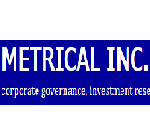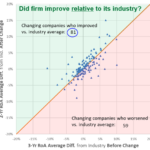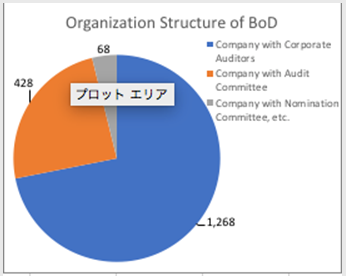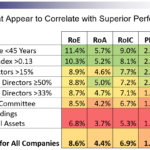
Stock prices climbed in the 1H of the month on risk-on rally buoyed by hitting historical high of US market, but concern about negative impact on global economy led by coronavirus infection put downward pressure on the stocks toward the month end. TOPIX and JPX400 market indices lost -0.11% and -0.09% respectively for the month. CG Top 20 stocks soft -0.07% but outperformed against the both indices for the same period.





